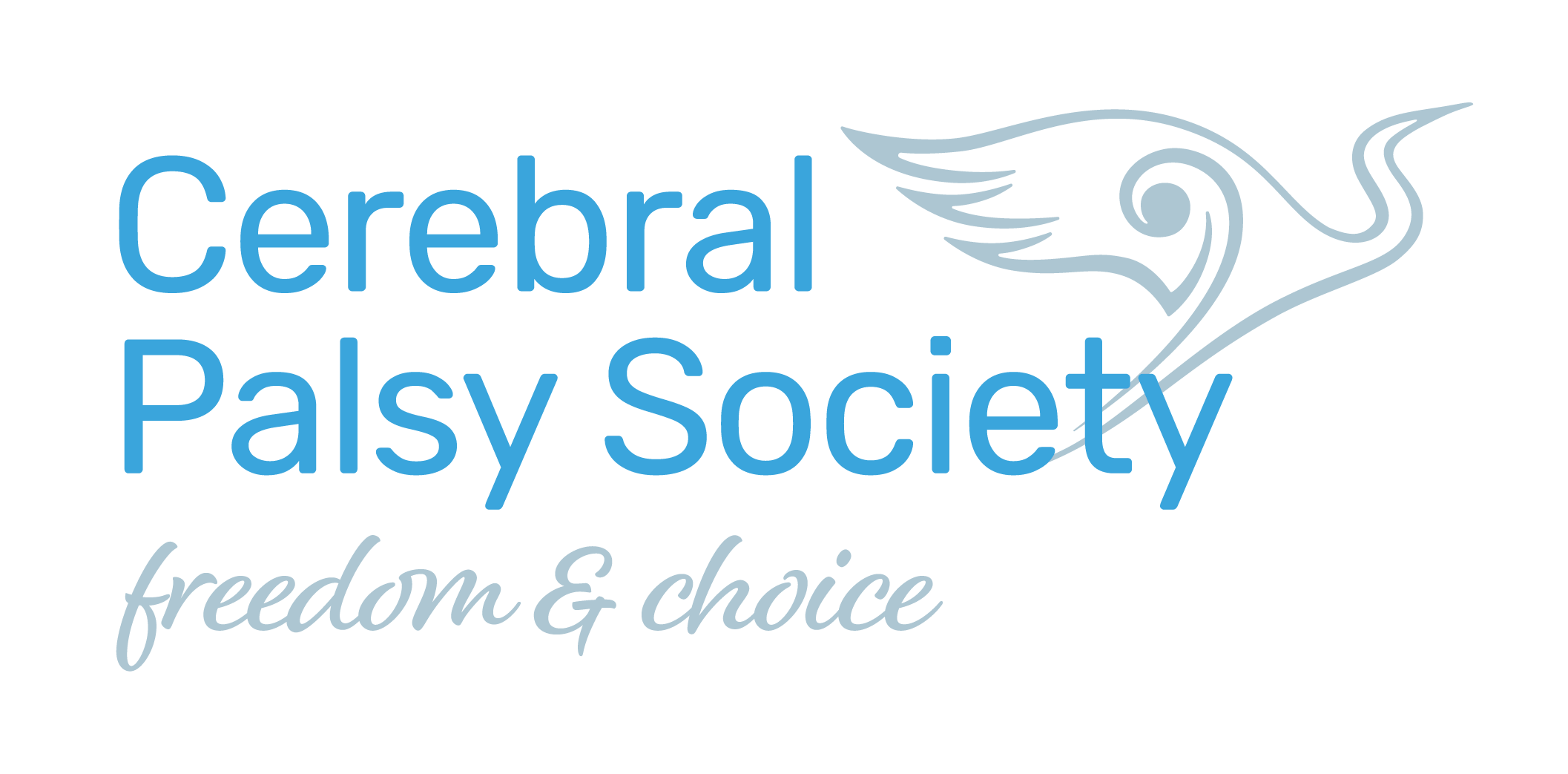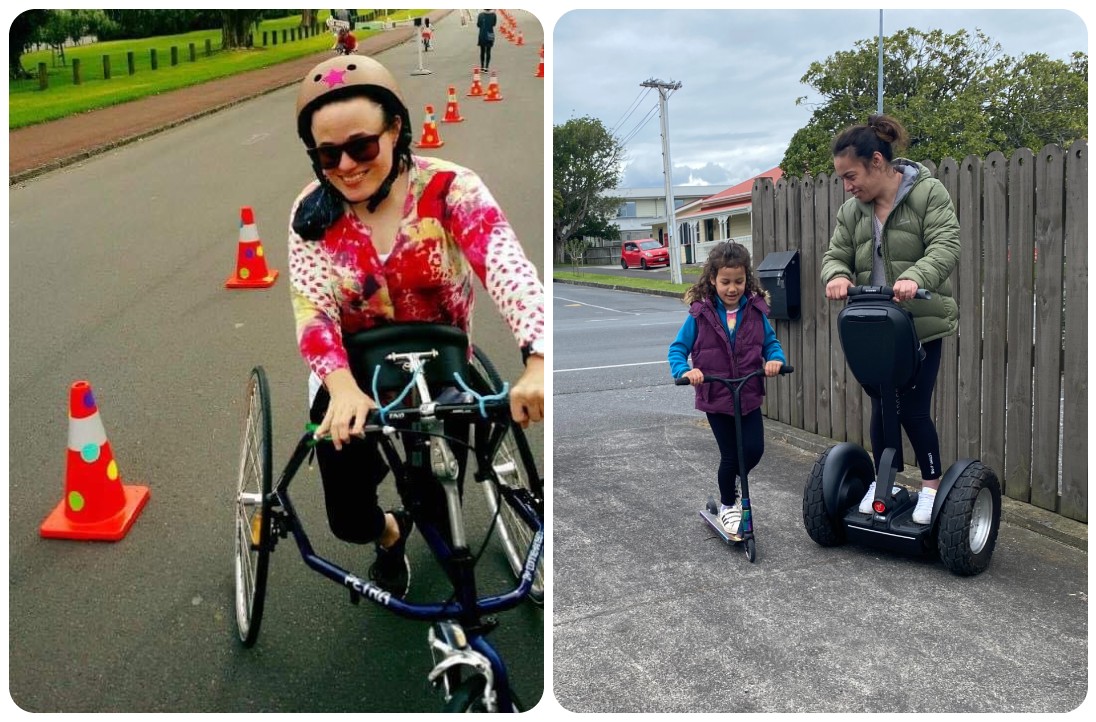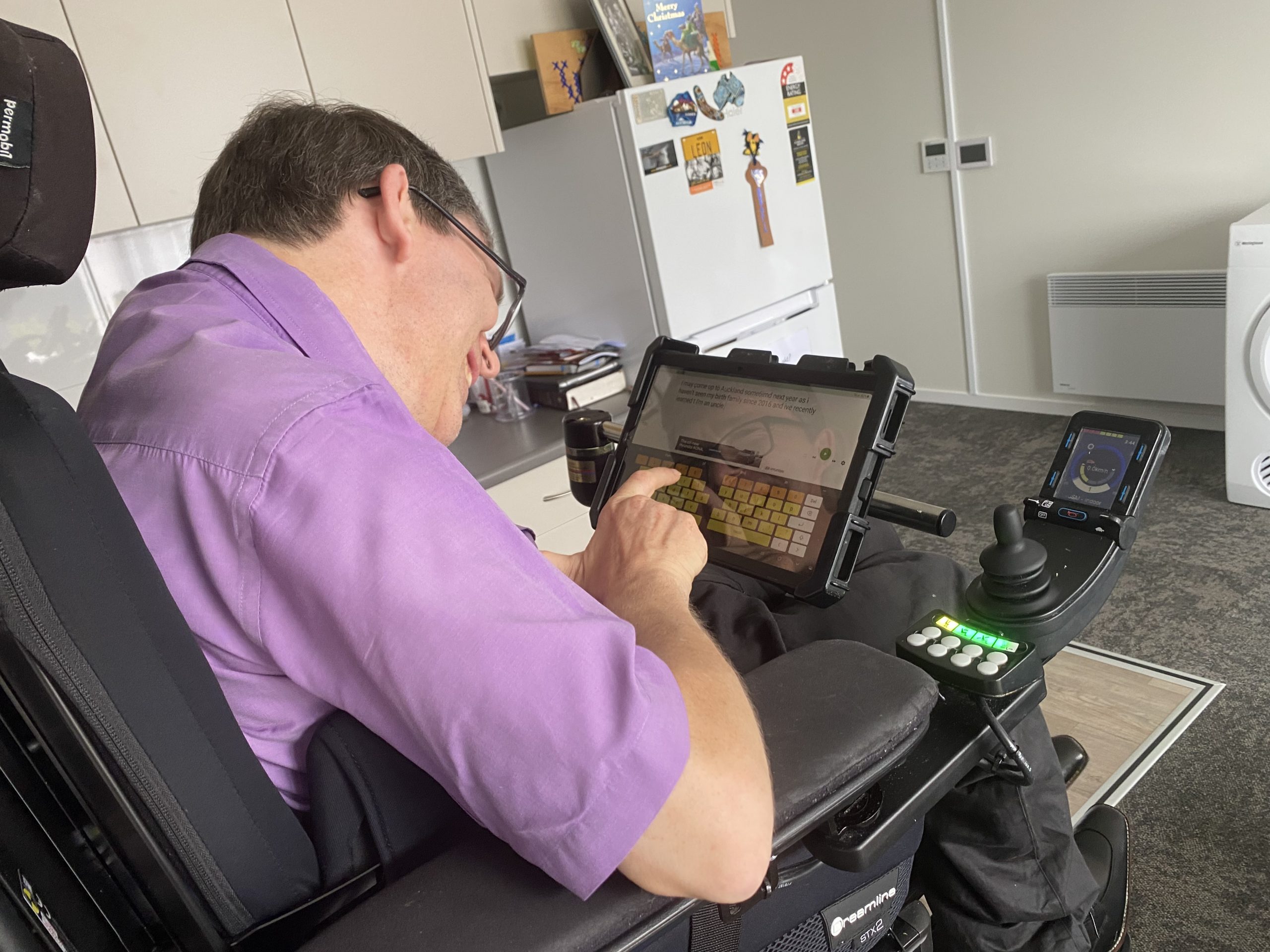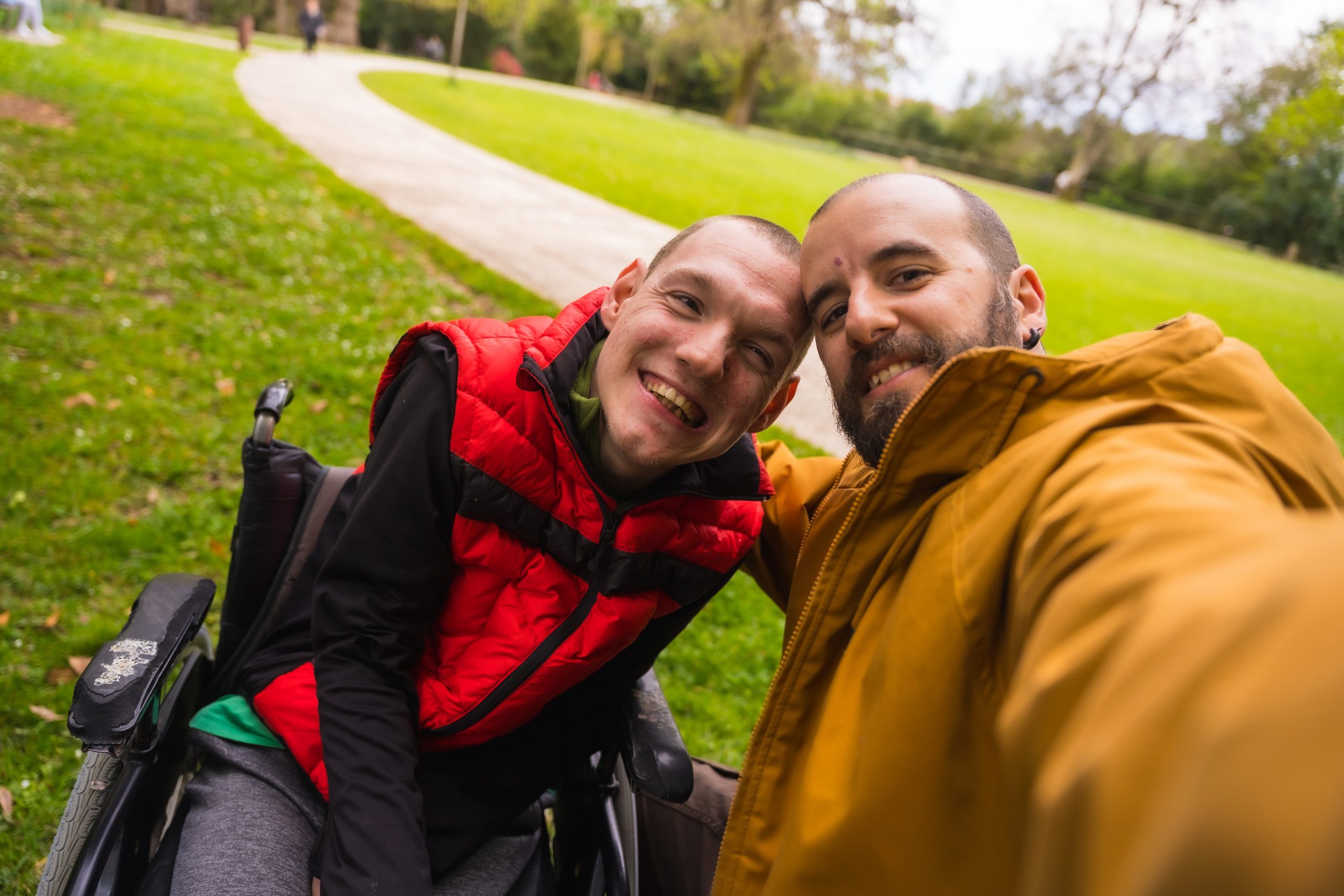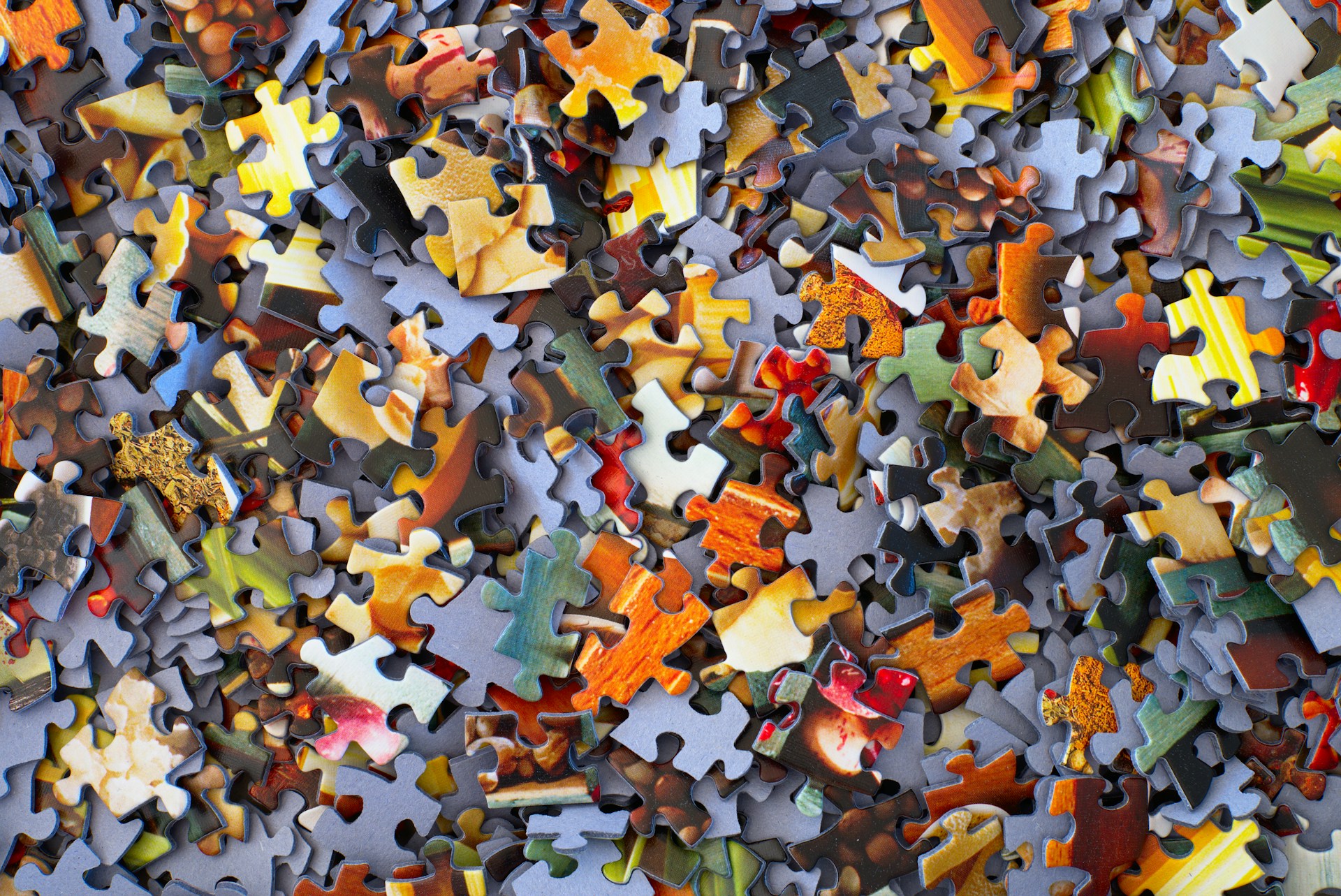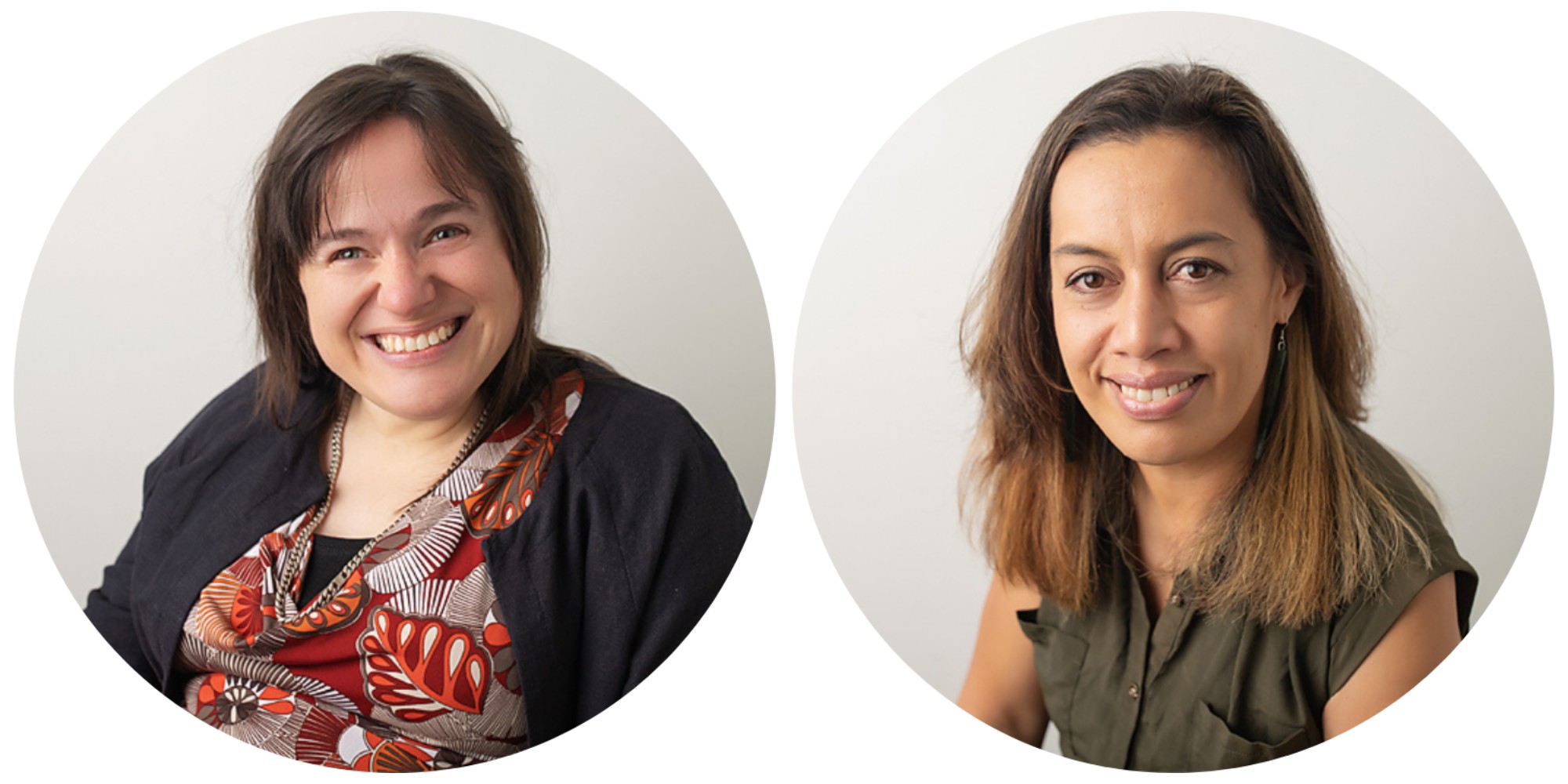Research
Demystifying Adulthood – Part 2
30 Jan 2024
Navigating life with a disability as an adult is a topic that we get asked about regularly.
In Part 2 of Demystifying Adulthood, we summarise some experiences of navigating these complexities.
By Amy Hogan and Renata Kotua
Adult life with a disability can encompass many different elements that influence each other. There are so many things competing for your time and attention.
This article summarises our experiences of navigating these complexities and some of the things that we found useful. By sharing, our hope is for others to gain more perspectives without hitting as many potholes along the road.
Amy Hogan, left, and Renata Kotua, share their experiences of navigating
the potholes of living life with a disability.
Here are some of the research efforts span various domains:
- General: Journals and organisations are placing an increasing importance on understanding the lifespan approach to Cerebral Palsy. In particular, how the condition affects aspects like stamina and energy when in your 30s, 40s, or 50s.
- Health: The health impact of Cerebral Palsy in adulthood is being seen as an area of increasing priority when it comes to measuring tools for elements such as bone density and joint health.
- Needs and Equipment: The experience of Cerebral Palsy is not a linear one. People have different equipment needs as they start to move differently. But that does not mean the condition gets worse all the time, every time.
- Connection and Community: Some of the latest research examines the presence of anxiety and emotional regulation challenges in small studies among adults with Cerebral Palsy. Different research groups are looking at the effectiveness of a variety of therapy methods for people with different types of communication methods.
Below, we have written some suggestions based on research and our experiences of working with adults. However, there is no need to do all of these suggestions at once. Nor are they a formula from people who have “figured it out”. There are individual complexities that make it hard to give general advice.
Baseline Health
Frequently, when you have a disability, that condition gets blamed for everything. Especially when it comes to pain or more imprecise symptoms. Not everything is Cerebral Palsy’s fault. Have a rough idea of what your baseline looks like so you can report any changes as needed, e.g. “I have weaker lungs, so my baseline is lower than average. This attack feels different.” It is better to play it safe and flag changes with your GP so that potential issues can be monitored e.g. looking after your whole foot from ankle to toe because the CP gait can put pressure on the soles and ankles.
Understanding Cerebral Palsy
Every human has a weaker and stronger side. With Cerebral Palsy, this tends to be more pronounced. Understanding what limbs or joints you rely on most and if your process of movement begins to change can help protect that joint, particularly in colder weather or changing climate.
It’s never too late to make changes that have positive effects. Interventions and treatments may look different when you’re older as well as the outcomes being subtler than treatment in younger age brackets. For example, some have found benefit in introducing stretching and/or adaptive Tai Chi movement routines into their day.
Information
There are few things more boring than having to repeat the same story over and over again. Therefore, it may be useful to have five key elements about your life as an adult with a disability, that professionals may want to know. For example, what elements of your Cerebral Palsy affect you the most, e.g. “I speak using a communication device”.
Let people know how Cerebral Palsy affects you, such as the fact you use a
communication device. Photo: Renata Kotua
Engagement
One of the questions we get asked most often is how do I help my young person with Cerebral Palsy make friends, or how do I make friends as an adult? Being social is not something that happens automatically especially if you have limb or speech differences which make you self-conscious. Developing social connections is a slow process and should be based on common experiences and interests, not simply because “we all have a disability”.
Funding and Reassessment
One of the key differences in adulthood is that there isn’t as much surveillance and keeping track of the individual. It is worth asking your local NASC for a funding reassessment before you are in desperate need of one because they cannot only take a while but can help with preventative elements such as fall reduction.
Record Keeping
Unfortunately, living with a disability involves heaps of paperwork. It can be useful to keep track of phone calls, people you’ve spoken to and email trails especially when you are on a waiting list. An easy way to do this is to take a screenshot of your phone or computer. Make notes of regular appointments like dental care, medication management and review, and different disability-related expenses e.g. wear things out faster, costs to have extra appointments.
Photo by Kateryna Hliznitsova on Unsplash
In New Zealand, the experience of adults with disability is still largely under-recognised in terms of support, resources, and information. You have things to offer the world. You don’t have to have everything figured out to contribute to the wider understanding of the adult experience of CP. Systems and organisations are working to connect pediatric and adult services. Different models such as individualised funding are working to change these gaps.
When you are working within the public health system, the first element to consider is your connection to a good local GP practice that can refer you for additional services. It is worth spending time looking at the different clinics within your area either for yourself or the person with CP who you care for. You can ask the clinic staff about accessibility, capacity for double appointments, and referral processes for specialists.
The importance of recognising Cerebral Palsy as a lifelong condition is slowly becoming more apparent. There is no single way to navigate life as an adult or a caregiver looking after an adult family member. But, understanding the different elements of Cerebral Palsy can be useful for establishing a baseline. Remember, adulthood isn’t a linear process that goes from bad to worse. There are many different ways to experience life beyond the pediatric system.
It can be daunting to consider all the elements of living as an adult with CP, particularly when other demands on your time seem more pressing. If you have the basics of your condition down pat then it makes the other things in your life easier, thus creating an upward spiral rather than living life managing ongoing problems.
The steps outlined in this article can be undertaken gradually, in small bite size chunks. Adulthood need not be a mystery, but rather, with the resources and knowledge, a puzzle to slowly piece together.
Photo by Hans-Peter Gauster on Unsplash
If you would like more information, feel free to contact me at amy@cpsociety.org.nz
* This article is adapted from a presentation given as part of International Day of Persons with Disabilities.
Amy Hogan, pictured left, is the Cerebral Palsy Society’s Researcher and Member Support Advisor.
Renata Kotua is a Member Support and Programmes Coordinator at the Cerebral Palsy Society.
